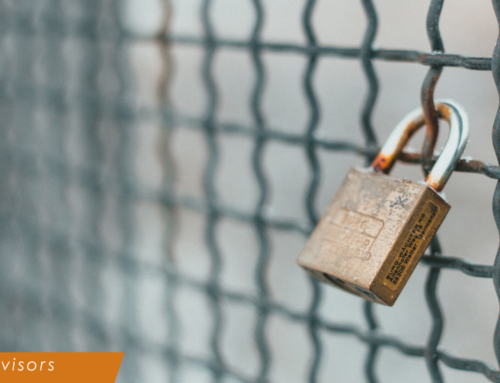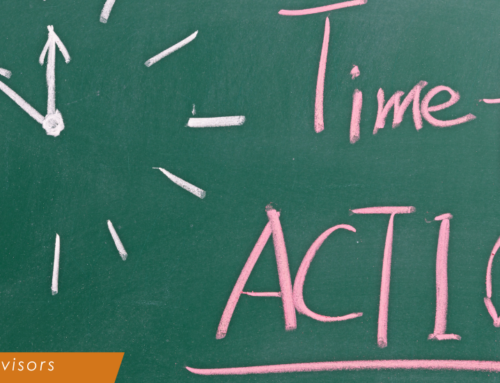Every time there is a natural disaster, people all over the world want to help. It’s a wonderful impulse. We strive to help our friends give wisely, and if you’re thinking about responding to the earthquake in Nepal, here’s what you need to know.
In disaster relief giving, it’s important to choose organizations that have expertise and an existing presence in the affected region. Responding to a disaster well requires the ability to bring together resources (including staff fluent in local languages, storage space, etc.) and strong relationships with local people and government. After a widespread disaster the situation is chaotic, and organizations that don’t already know the area well will struggle to get up to speed quickly. Then it is important to decide: Do you want to meet immediate, short-term needs in the days after the disaster, or are you more interested in long-term support for ongoing priorities, like housing people and restoring schools?
Armed with what you want to achieve, find an organization that has the skills and background to get to work right away.
Want to help in Nepal? Take a look at this list, complied by the New York Times, to find an organization doing work that appeals to you. You can follow many of these nonprofits on twitter to see what they’re working on now.
When we’re asked how to help children in Nepal, we suggest UNICEF. They have existing infrastructure in the country, and good relationships with government sources and other local partners. Those are the ingredients that help donors feel confident that their gifts will be spent effectively in service to the people they most care about.
Have further questions? Call us at 609.219.1800 x12 and ask to speak with Michelle Cash or Elizabeth Wagner.





